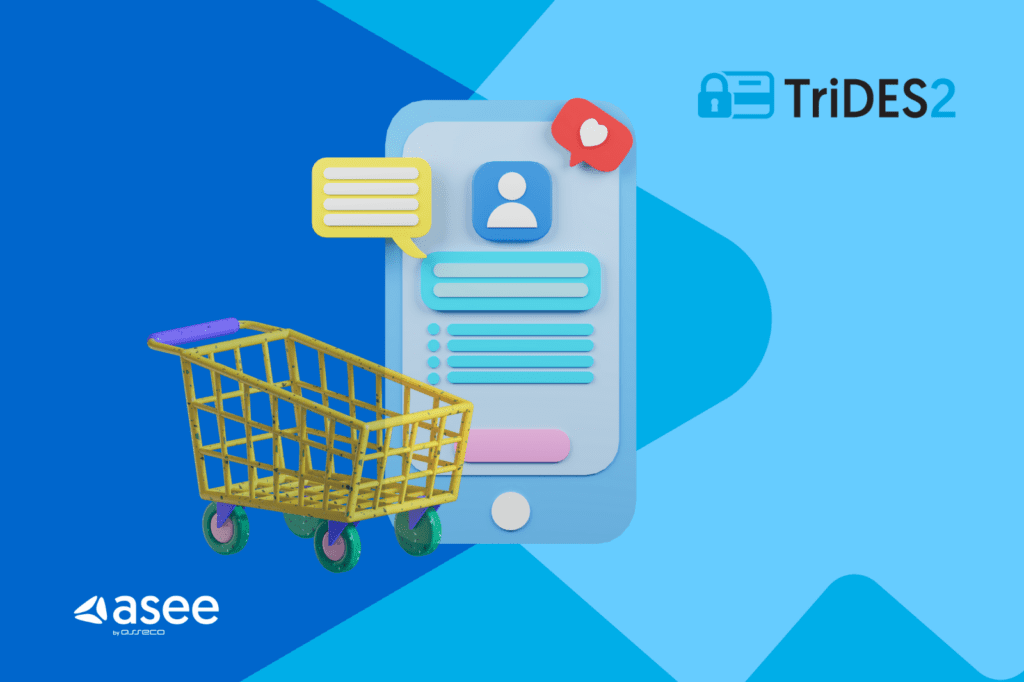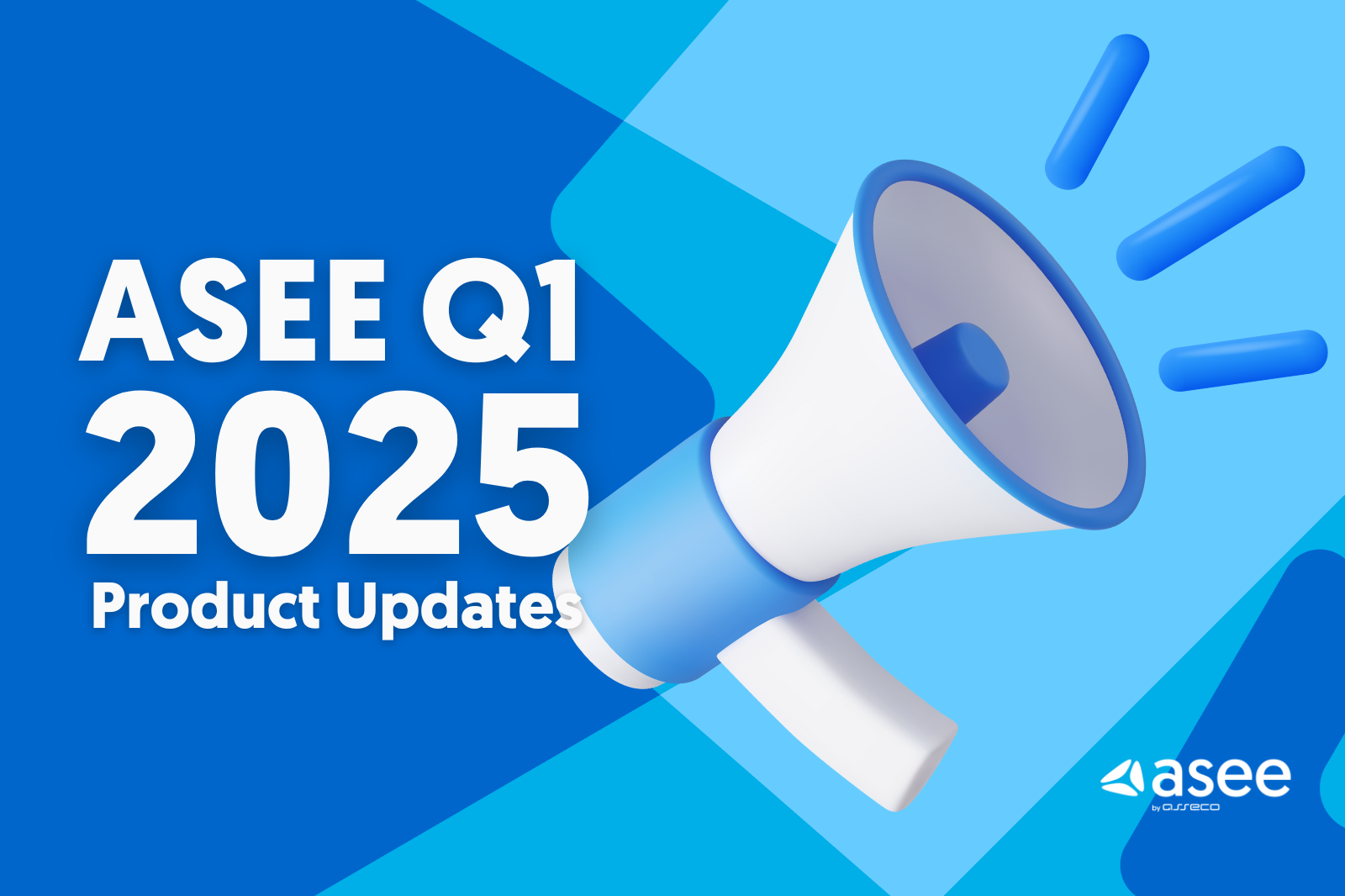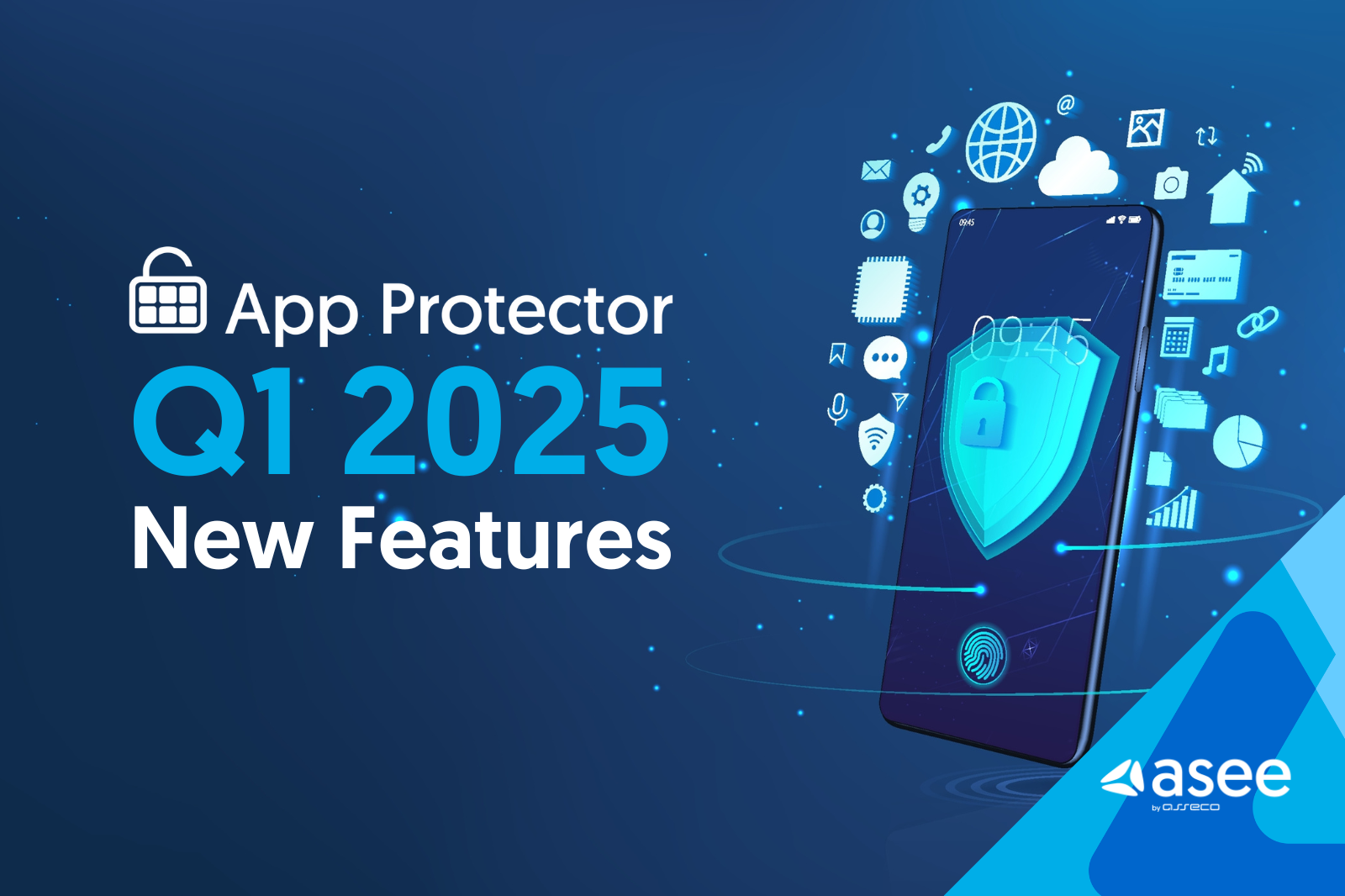What is mobile commerce?
To start, let's make a short introduction to define mCommerce. Mobile commerce, simply put, is any transaction conducted using a mobile device. This includes online shopping on mobile (both browser and in-app), use of mWallets, mobile banking, crypto wallets, and others. Also ''mobile devices'' include both smartphones and tablets – widely available, convenient devices that are fueling the popularity of mCommerce. This is due to their ability to provide impeccable UX and constant improvements thanks to data available for optimization.
Mobile commerce is proving to be one of the preferred online shopping channels. With Pinterest and Facebook introducing the ''Buy Now'' buttons, and the fast adoption of one-click payments, expectations are high.
To get a sense of the current state of mCommerce, ASEE brings you the most relevant statistics to bear in mind:
Global mCommerce findings
With 6.94 billion smartphones in use today, mCommerce has a lot of ground to cover. The fact that over 86% of the population owns a smartphone in 2024 makes the decision of whether to go mobile with your webshop an easy one. The current state of mobile commerce within global eCommerce is at 72.9%, which is $3.56 trillion. To put things in context, if you take 0,25% of the mCommerce market, it amounts to $8.9 billion.
If we take the numbers from 2020, we see a 22.3% growth year over year. What's also exciting is the average y-o-y growth rate since 2016 being at a high 33.8%
Moreover, expected leaders in the mCommerce market for the period 2021 – 2024, bringing the most profits, are Europe and North America. Also, Asia Pacific and Middle East will play an enormous role in bringing more users to the market.
User behavior on mobile
Mobile devices are an integral part of our daily routine. From waking up to the sound of our alarm to falling asleep after checking our social media, smartphones are everpresent. With accelerated digitalization, mobile plays an important role as one of the best channels to reach potential customers. And there are strong numbers to support that claim. Four out of five smartphone users made a purchase using their mobile devices.
Regarding the purchases, users are more willing to take the time to download a shopping app instead of checking goods through the browser. Approximately 70% of consumers download a merchant app. And for good reasons – additional features within the mobile application really do make a difference when it comes to the User Experience. Coupon offers, nearby stores, loyalty programs, variety of payment methods – are just some of the perks mobile enables to your customers.
Also, 67% of customers use mobile to window-shop. What's more interesting is that 77% of those who decided to do some browsing for a fun end up with an actual purchase. This means that a merchant app/web store with quality SEO can easily capitalize on customers who are ''just looking''.
77% of customers who decide to do some window-shopping for fun, end up with an actual purchase.
Mobile commerce pays off – both ways
Shopping is undoubtedly the fastest-growing mobile application category with 54% y-o-y growth. This beats popular categories such as finance and entertainment. For more context, the average growth per category is 6%.
Furthermore, mobile app users spend 20x more time in-app during shopping and view 4.2x more products within a single session in comparison to desktop users. Since mobile apps allow more freedom regarding UX, it is no wonder that mobile apps have conversion rates 3x higher than the ones for mobile browser web stores.
Another perk of having a merchant app is the conversion window. The conversion window for 70% of mobile searches is less than one hour. To clarify, 70% of mobile commerce-related searches end up with a purchase within a single hour. For context, desktop users, on average, need a full month to come to a buying decision. This is a clear sign to you, as a merchant, to start drafting or optimizing your mobile application.
70% of mobile commerce related searches end up with a purchase within a single hour. Desktop users, on the other hand, take a whole month to finalize a purchase.
Room for mCommerce improvement
The opportunities for leveraging mobile are numerous. So, to successfully incorporate mobile into your business strategy, be aware of the need for constant result tracking and optimization of your mobile web store.
One of the most concerning figures in mobile is cart abandonment. Cart abandonment rates within mobile commerce are at an alarming 76.59%. The same data for desktop counts 73%. The reason for such discouraging numbers is poor optimization for web stores on mobile browsers. Issues such as slow loading time, redirection during checkout, screen size issues, and mandatory registration tend to frustrate the customer to the point of abandoning the shopping cart. Having to zoom in or zoom out in order to navigate the checkout process doesn't help the user experience either.
For these reasons, only 12% of customers would describe their mobile shopping experience as ''convenient''. This leads us to the following: a single bad experience with a brand during a mobile purchase leads to 60% of consumers never returning to the store again. When it comes to digital, you get no more than one chance to impress your customers. Today's average mobile shopper lacks patience and raises alarm bells when facing the smallest inconveniences. Always be on the lookout for new optimization opportunities by examining use behavior on your app or web store.
Another step crucial for the conversion to happen is the checkout process. 55% of customers abandon their shopping cart when they have to fill out their credentials, credit card information, or shipping information during the checkout process. There is a number of reasons for this scenario. From poor UX to security-related matters, customers are more likely to abandon a mobile purchase compared to a desktop one. 42% of customers show concern when talking about mobile payment security. Nowadays, customers are well informed about security best practices - make sure to address any concerns they might have in the form of additional dialogue windows or chatbots.
Cart abandonment rates within mCommerce are at an alarming 76.59%.
Role of Trides within mobile commerce
Trides portfolio consists of online payments security solutions, covering issuers, acquirers, payment gateway service providers, and of course, the merchants. A Trides solution, developed with mobile payments in mind, the 3DS Mobile SDK, enables merchants to both benefit from and contribute to the 3D Secure ecosystem. The SDK is built in the merchant's app and collects transaction data which is used for risk scoring, a pillar for frictionless authentication and one-click transactions.
The 3DS Mobile SDK solution contributes to the unified look and feel of the checkout process within the merchant's app, eliminates friction, and secures your revenue by preventing payment fraud such as account takeover. Also, the SDK has the capacity to detect and prevent mobile application threats, including hooking, debugging, jailbreak/root detection, emulator fraud, and screen recording. It monitors the application in real-time and notifies the end-user in case an anomaly is detected.
One of the main benefits the SDK provides to merchants is the improved mobile payment User Experience. By implementing 3DS Mobile SDK, the entire checkout process is happening in the application itself. Sketchy browser redirects and handling multiple applications at once are no longer an issue. A unified, streamlined checkout process decreases the dreaded cart abandonment rate, which is one of the top challenges for merchants regarding mobile.
eCommerce Apps Guide: Striking a Balance Between Security and User Experience
As a dedicated guide for eCommerce app owners and merchants this eBook covers m-commerce security best practices and provides turnkey solution for in-app payments security.
To find out more about Trides2 portfolio, contact us or visit our blog section.










